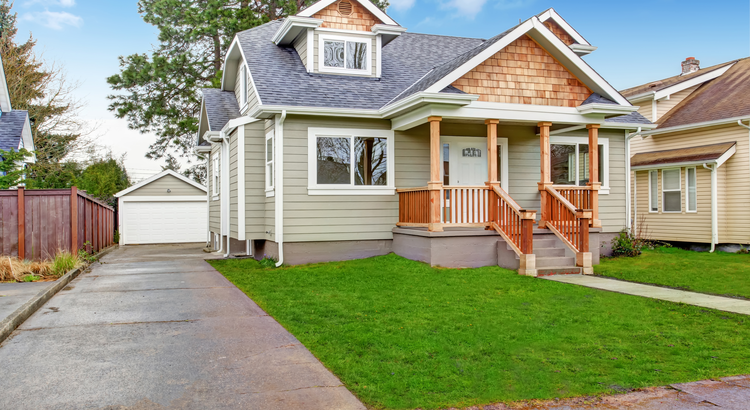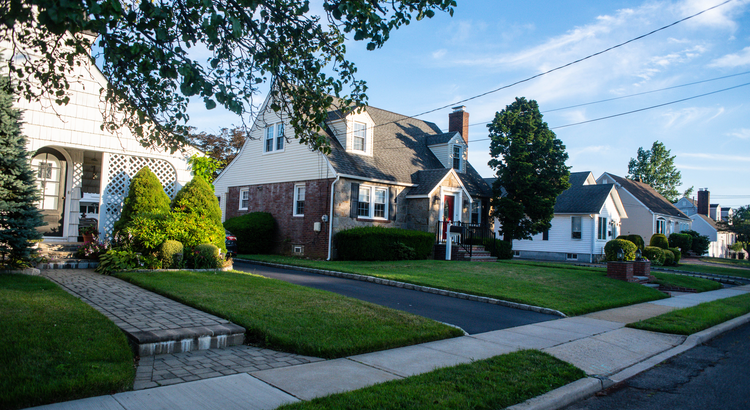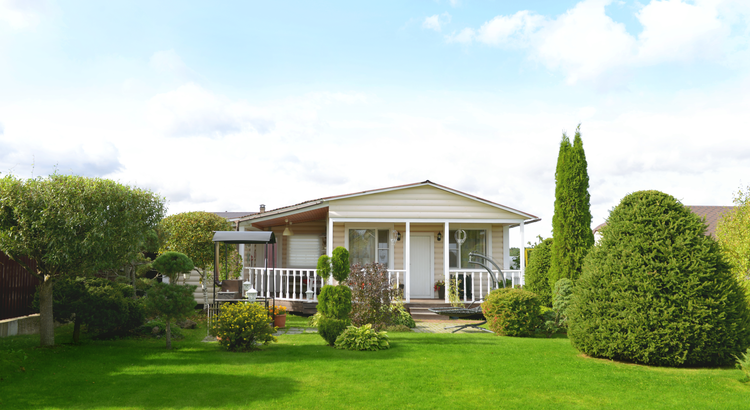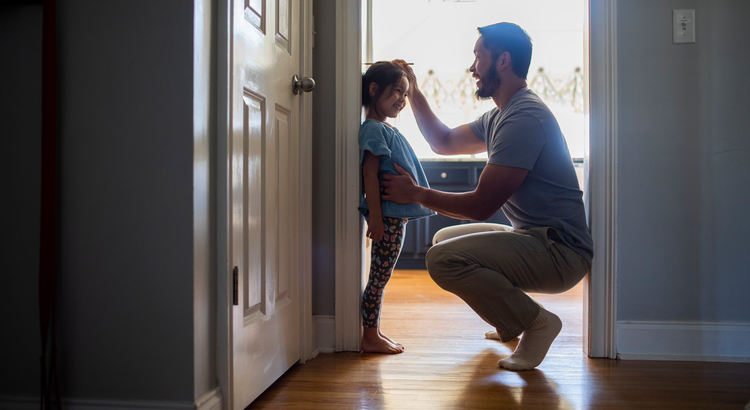
Ways To Use Your Tax Refund If You Want To Buy a Home
Have you been saving up to buy a home this year? If so, you know there are a number of expenses involved – from your down payment to closing costs. But did you also know your tax refund can help you pay for some of these expenses? As Credit Karma explains:“If one of your goals is to stop renting and
![The Perks of Downsizing When You Retire [INFOGRAPHIC],KCM Crew](https://img.chime.me/image/fs/chimeblog/20240411/16/original_836ddfd6-f200-43b2-87e4-3986fb88a0f4.png)
The Perks of Downsizing When You Retire [INFOGRAPHIC]
Some HighlightsIf you’re about to retire, or just did, downsizing can be a good way to try to cut down on some of your expenses.Smaller homes typically have lower energy and maintenance costs. Plus, you may have enough equity built up to fuel your move.If you’re thinking about moving to a smaller ho

Builders Are Building Smaller Homes
There’s no arguing it, affordability is still tight. And if you’re trying to buy a home, that may mean you need to look at smaller houses to find one that’s still in your budget. But there is a silver lining: builders are focused on building these smaller homes right now and they’re offering incenti
Categories
Recent Posts




![The Perks of Downsizing When You Retire [INFOGRAPHIC]](https://img.chime.me/image/fs/chimeblog/20240411/16/original_836ddfd6-f200-43b2-87e4-3986fb88a0f4.png)




![Top 5 Reasons To Hire an Agent When Buying a Home [INFOGRAPHIC]](https://img.chime.me/image/fs/chimeblog/20240406/16/original_89136ac5-2349-4386-99f2-8acfd20f935f.png)
